Red Light Therapy has gained traction over the years in the wellness community for good reason. There are a number of incredible health benefits of using red light therapy. There are studies proving it’s efficacy in supporting and treating certain health conditions and it’s ability to support overall health. Many practitioners have turned to red light therapy as part of their offerings within their clinics due to the major benefits being seen. But, as of recently you don’t have to be a practitioner to gain access to this type of therapy. There are many devices being created for at home use so that everyone can benefit from red lights healing properties. It’s a matter of gathering information to be able to implement this type of healing into your regimen.
* This post may include affiliate links. This means that products purchased from certain links will generate a small commission (At no extra cost to you). As always, I will only recommend brands that have passed my seal of approval and that I truly love. Thank you for supporting this little holistic space on the internet. *
What is Red Light Therapy? How does it work?
Red light therapy (also known as ‘photobiomodulation’) is a technique used to treat certain health conditions, lower inflammation, and promote healing. It uses the exposure of low wavelength red light to help promote a variety of healing responses. works by repetitively exposing your skin to low levels of red and near-infrared light for a certain period of time. At low wavelengths, red light doesn’t generate heat and it doesn’t emit harmful UV rays, but it is able to penetrate deep into the layers of the skin to create healing.
Low wavelength red light helps support mitochondria, famously known as the “powerhouse of the cell”. Mitochondria helps support energy within your cells and is a key component of an internal process called ‘apoptosis’. Apoptosis is essentially cell death or the process by which unhealthy cells are disposed of from the body. This process occurs continuously to keep us our healthiest. Our Mitochondria are responsible for directing which cells need to be eliminated and which cells are healthy enough to stay. Mitochondria are incredibly important and associated with the state of our health. If we have low functioning mitochondria then our bodies are not able to create energy or turn over harmful cells that create health conditions and disease. By increasing the energy of the mitochondria, cells may function more efficiently, as well as rejuvenate and repair themselves.
In short, Mitochondria turns the food we eat into energy for our cells to use. Every cell in our body, with the exception of red blood cells, contains mitochondria. Many things in modern day living cause damage to out mitochondria which impairs their functions and leads to less energy for our cells. When cells don’t have energy, they don’t work as well. A good analogy for this process is a flash light running on a low battery, it produces a dimmer light and doesn’t work as it should. Think of red light therapy as a charger for your cells. Red light and infrared light penetrates deep into the skin, this means it can reach your mitochondria. Mitochondria is found in our skin, muscles, organs, joints, etc. This is how a Red light device is able to produce deep healing results within our bodies.
Red light therapy has become more popular over the years and it’s become a focus of study for many scientists. Just heading over to pubmed and typing in ‘red light therapy’ into the search bar yields well over 7000 results of experimental studies published on their platform alone. These studies range in topic and address a number of health conditions that red light therapy has been tested to support. Some of them are incredibly compelling with high rates of statistical significance. Some studies show promise with indication for further study noted. Regardless, we can certainly conclude that red light therapy is a well studied supportive therapy that can be applied a number of acute and chronic health conditions.
In addition to the studies published, there have been accounts of anecdotal evidence showing that people report significant benefits. I myself am one of them as I have seen my own benefits using red light therapy. I have experienced a smooth healing journey from a second grade ankle sprain with implementation of red light therapy. I have also seen improvements in skin texture/wrinkle reduction and some support over my thyroid with consistent use. In addition to that, I have witnessed its ability to speed healing from acute conditions like sore throats, sore stomachs and ear infections in my own children. Having a red light therapy device at home has just added a layer of healing we can reach for when we feel it will be helpful.
History & Origins of Red Light Therapy
How did red light therapy come about? The origins of this therapeutic light is actually quite interesting. We may just be hearing the buzz surrounding red light therapy in the last decade or two but the reality is that this therapy has been around for almost 60 years. In fact, there are even accounts of light therapy being used prior to this.
The Origins of the study of light first began in 1666 when physicist Isaac Newton discovered that sunlight could be separated into different wavelengths. He also found that those different wavelengths had differing behaviors and applications. Following this discovery came the invention of electric light by Thomas Edison in 1879. Prior to this, humans relied on sunlight and flame but with electric light came the ability to control and manipulate it.
Red Light Therapy was first officially discovered accidentally by Hungarian physician Endre Mester in 1967. During his time at Semmelwies Medical University in Budapest, Hungary, he noticed that Red Light Therapy helped promote hair growth and wound healing in rats. However, prior to this, there are records that show red light therapy was first used as medical therapy in 1893 when Nobel Laureate and a Danish physician Dr. Niels Ryberg Finsen successfully treated smallpox. Two years following this, they used it to treat Lupus.
It wasn’t until 1993 that red light therapy really gained popular traction. NASA stumbled upon red light therapy and its ability to promote plant growth in their experiments. The most interesting aspect of this study, however, presented itself as a by-product of the experiment. Researchers carrying out these experiments on plants found that during their time working and being exposed to high amounts of red light therapy, their wounds and skin lesions healed unexpectedly and rapidly.
This discovery lead to further experimentation and in 2001, NASA published a study in the scientific journal Photomedicine and Laser Surgery (Tafur, J., et. Al 2001). This study showed how red light therapy worked to promote healing. Researchers discussed that red light stimulates the mitochondria in the cells. They explained how red light plays an important role in the immune system and the body’s production of inflammation. Researchers also discussed how red light penetrates more deeply into the body than shorter wavelengths of light to induce healing. This study was monumental in supporting red light therapy as a viable form of healing for human use.
As of today, thousands of studies are being published in support of red light therapy and its ability to heal countless ailments. Red light therapy is now being seen in medical clinics, spas for its skin benefits, and peoples homes.
General Timeline for the Discovery of Red Light Therapy and it’s Health Benefits
- 1666: Isaac Newton discovers field of Optics (Separation of wavelengths and differing behaviors)
- 1879: Thomas Edison discovers electric light
- 1893: Light used in medicine for the first time (successful treatment of smallpox and lupus)
- 1917: Lasers developed
- 1935: Discovers of the Benefits of Vitamin D from Sunlight
- 1956: Medical benefits of phototherapy discovered (Jaundiced infants near sunlight experienced decrease of bilirubin levels)
- 1967: Dr. Endre Mester notices wound healing and hair growth from red light therapy in rats
- 1993: NASA accidently re-discovers wound healing properties of Red Light Therapy
- 2001: NASA finds and publishes research on red light therapy’s ability to enhance healing
- 2008: Important study published confirming red lights healing effects on human body
- 2012: Red light therapy found to improve sleep
- 2013: Red light therapy found to improve cognitive function
- 2016: Red light therapy found to improve inflammation
- Current: Thousands of studies emerging proving the efficacy of red light therapy on a number of acute and chronic health conditions
16 Health Benefits of Red Light Therapy
Considering red light therapy works by supporting our mitochondria, there are a vast number of benefits and ailments that this form of therapy could support. Research is ongoing and continues to bring about new uses and applications for red light therapy across a number of different illnesses, injuries, diseases, etc. That being said, there are a handful of health benefits that have been well studied as it pertains to the use of red light therapy. Here are a few idea of how you could use red light therapy to induce healing in your own life. Red light therapy helps support:
- collagen production
- skin conditions (eczema, acne, psoriasis)
- anti-aging and wrinkle reduction
- reduction of inflammation
- healing of the thyroid
- acute illness (throat, ear infection, etc.)
- acute injury (sprains, muscle strains, bumps and bruises, etc.)
- chronic conditions (arthritis, pain from past joint injuries, etc.)
- activation of the lymph and detox
- reversing of sun damage
- rapid wound healing
- pain management and reduction
- cancer
- improved athletic performance
- better sleep
- improved mood & energy
This list is not comprehensive and doesn’t cover the wide range of benefits seen from the use of this therapy but it does give a good idea of some of the most well studied ailments healing with RLT.
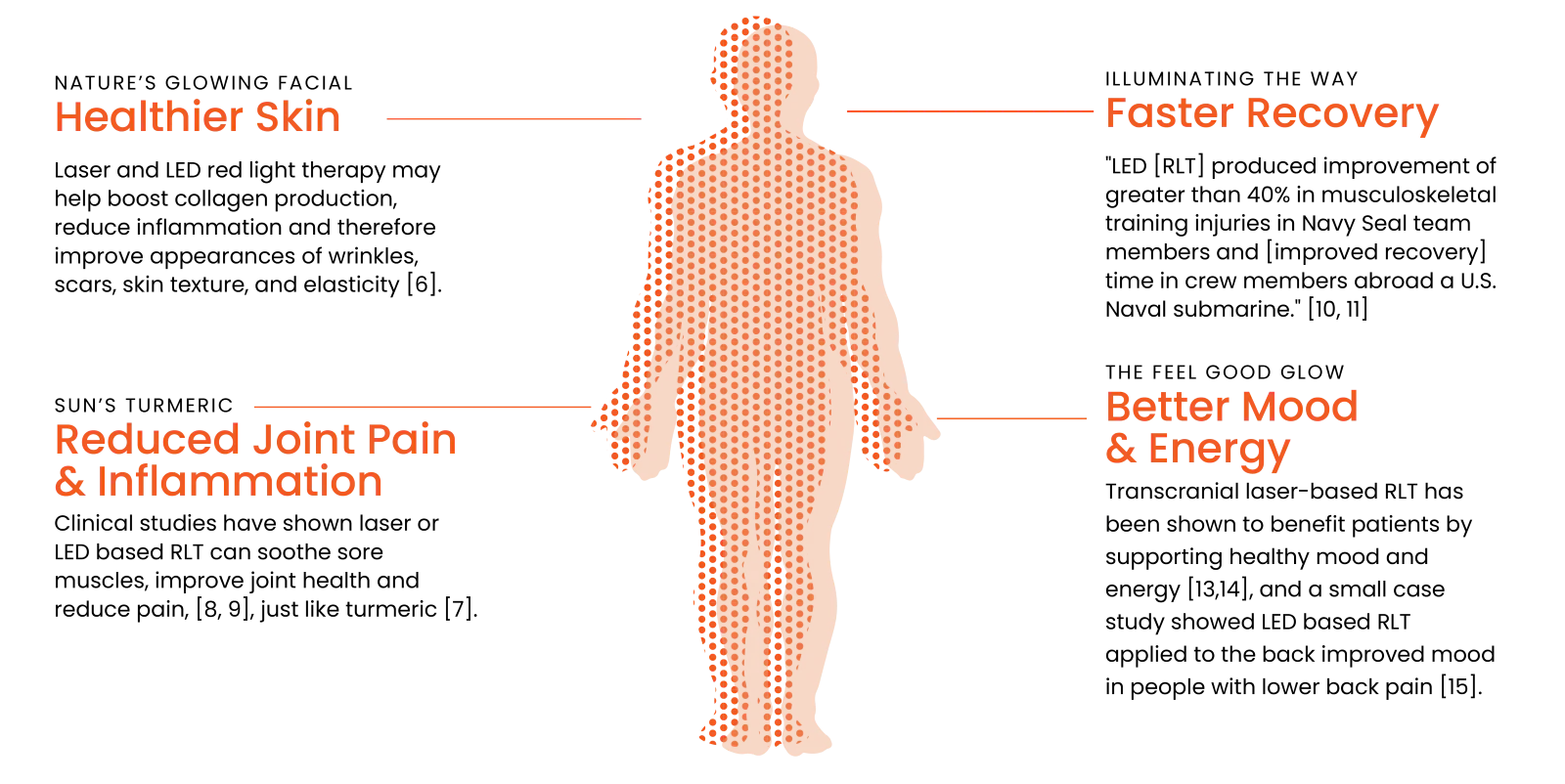
#1 Red Light Device on the Market: The Lumebox
When it comes to a red light device that does it all, my favorite options is the Lumebox. It’s portable design is convenient but the hand held red light devices are actually bigger and at a better price point (especially with the generous discount code they offer my readers). But what sets this device apart from others on the market? The most important aspect of a Red Light device is it’s irradiance level. The irradiance level determines the dosage of light you receive and how far it can penetrate to areas of the body. The Lumebox was third party tested for it’s irradiance level and the Lumebox was found to have 58% greater red light irradiance and 80% greater near infrared irradiance than other devices on the market. This Lumebox was created by an MD who looked for a device for her father who was bed bound from piriformis syndrome. She couldn’t find one that was strong enough to deliver healing results, so she created her own and named it the Lumebox.
Not only is it one of the best performing red light devices on the market, but Lumebox does what they can to ensure accessibility for those who need it. The company went as far to register the device as a Class II medical device with the FDA so they could have it approved for HSA and FSA eligibility. Now it is HSA and FSA eligible for those in the US who have these programs. For those in Canada that have a Health Care Spending Account associated with extended health care benefits, you can check in with your provider to see if this would be covered (may require a doctors note). You can look into your carrier to see if this would qualify as coverage under your own plan.
Red light therapy used to be expensive; administered by salons or clinics only. Each visit could cost $200+. Now Red Light therapy devices are being offered to consumers for at home use but not all devices are the same quality. Lumebox has some of the highest standards and have even registered their device as a class II medical device thanks to its registry with the FDA and the third party testing proving its efficacy and safety. Here are some of the standards that set Lumebox apart from other red light therapy devices on the market:
- Lumebox is designed by an MD
- Lumebox is registered a Class II medical device
- Lumebox is registered with the FDA
- Accessible and Affordable price
- Lab tested by a third party for high irradiance and safety
- Delivers both red and near infrared light simultaneously for maximum benefit
- No damaging UV rays present
- 58% greater red light irradiance
- 80% greater near infrared irradiance
- Low EMF
- Powerful, and 25% percent bigger than most portable devices for larger treatment areas
- Portable design so you can enjoy the benefits of LED RLT anywhere you want
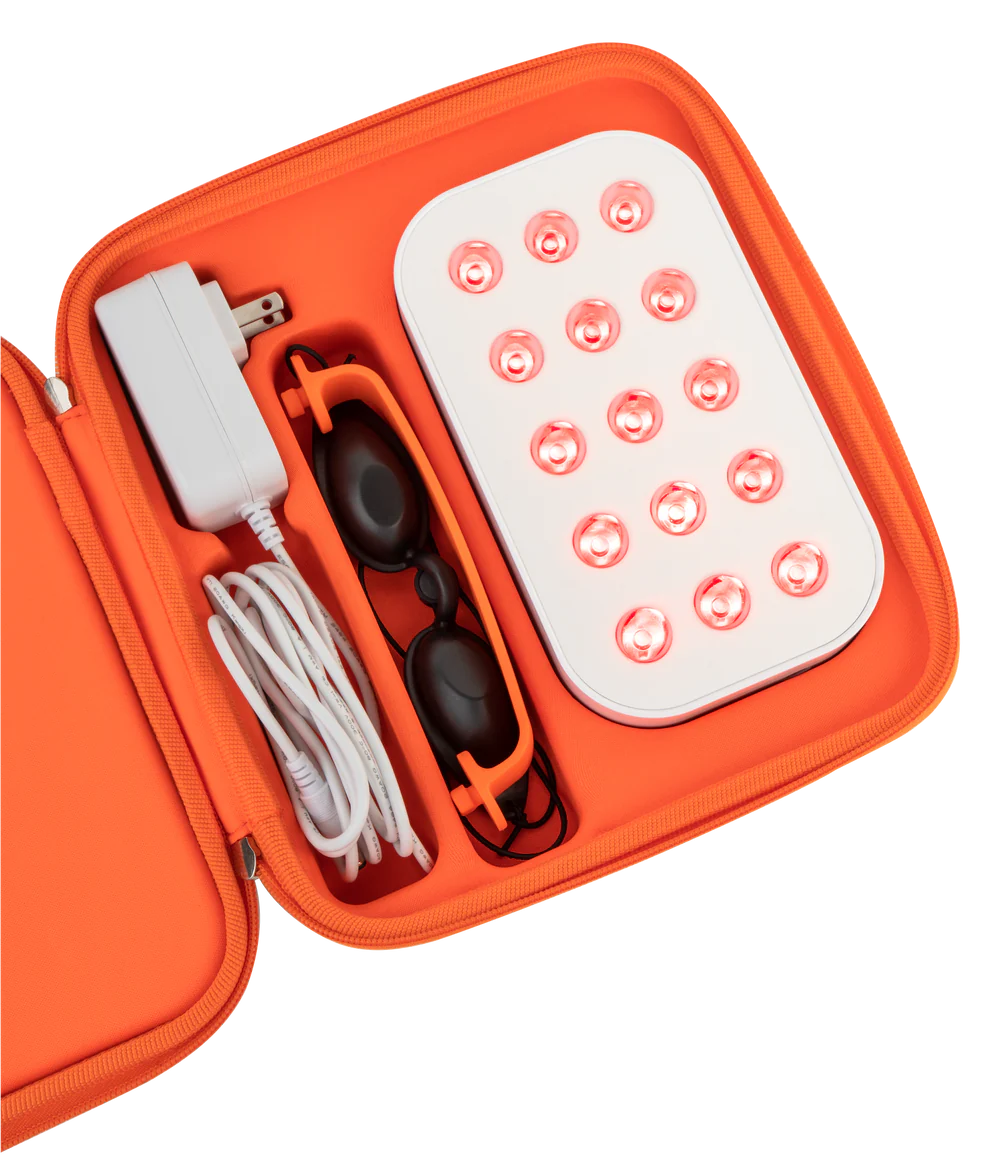
Does Lumebox Test for EMF Exposure?
Yes, they do!
As I mentioned above, Lumebox is tested for low EMF. They provide true safety testing for electromagnetic frequency exposure that is much more reliable and trustworthy than other companies. Their approach to EMF testing sets them apart. While testing for EMF can sometimes yield inaccurate results due to various external factors, they’ve chosen to go the extra mile. Instead of relying on hand-held EMF meters, Lumebox opts for independent lab testing, ensuring the utmost precision and credibility in results. It’s worth noting that many companies report their EMF readings at a distance of 6″ from the device. This approach can be misleading because EMF naturally decreases with distance. By reporting readings at 6″, they can sometimes present a 0uT reading, which is applicable to LUMEBOX as well.
However, Lumebox believes in transparency and precision, so they take the bold step of testing EMF at 0 cm from the device in an independent lab. The results show a minimal reading of 0.2uT, signifying extremely low EMF emissions. To put this into perspective, common household appliances like hair dryers often produce EMF levels 50-100 times higher.
Shop Lumebox + Exclusive Discount
Lumebox was incredibly gracious in offering my readers a deep discount. They are champions of making red light therapy accessible to all and go the extra mile to create affordability for a once impossible to get your hands on methods of therapy. Not only did they work hard at getting their product approved for HSA (Health Savings Account) and FSA (Flexible Savings Account) coverages, but they offered my readers a $250 discount on their device.
Shop the Lumebox with my link and the discount should apply to cart automatically. Incase it doesn’t convert itself, you can also manually add my discount code to your cart at checkout (Discount code: THEHOLISTICVANITY) and the discount will apply. For those who want to pay with their HSA/FSA, after adding my discount code, you can then use the prompts at checkout to finalize payment by choosing the HSA/FSA option.
This Device Includes:
– Handheld Red Light Device
– Travel Case
– Battery
– Removable Comfort-Grip Accessory
– A/C Adapter
– User Manual
– Protective Eyewear
I hope you love the device as much as my family and I do and benefit from all the healing properties that red light has to offer 🙂
** PIN the image below to save this information for later **
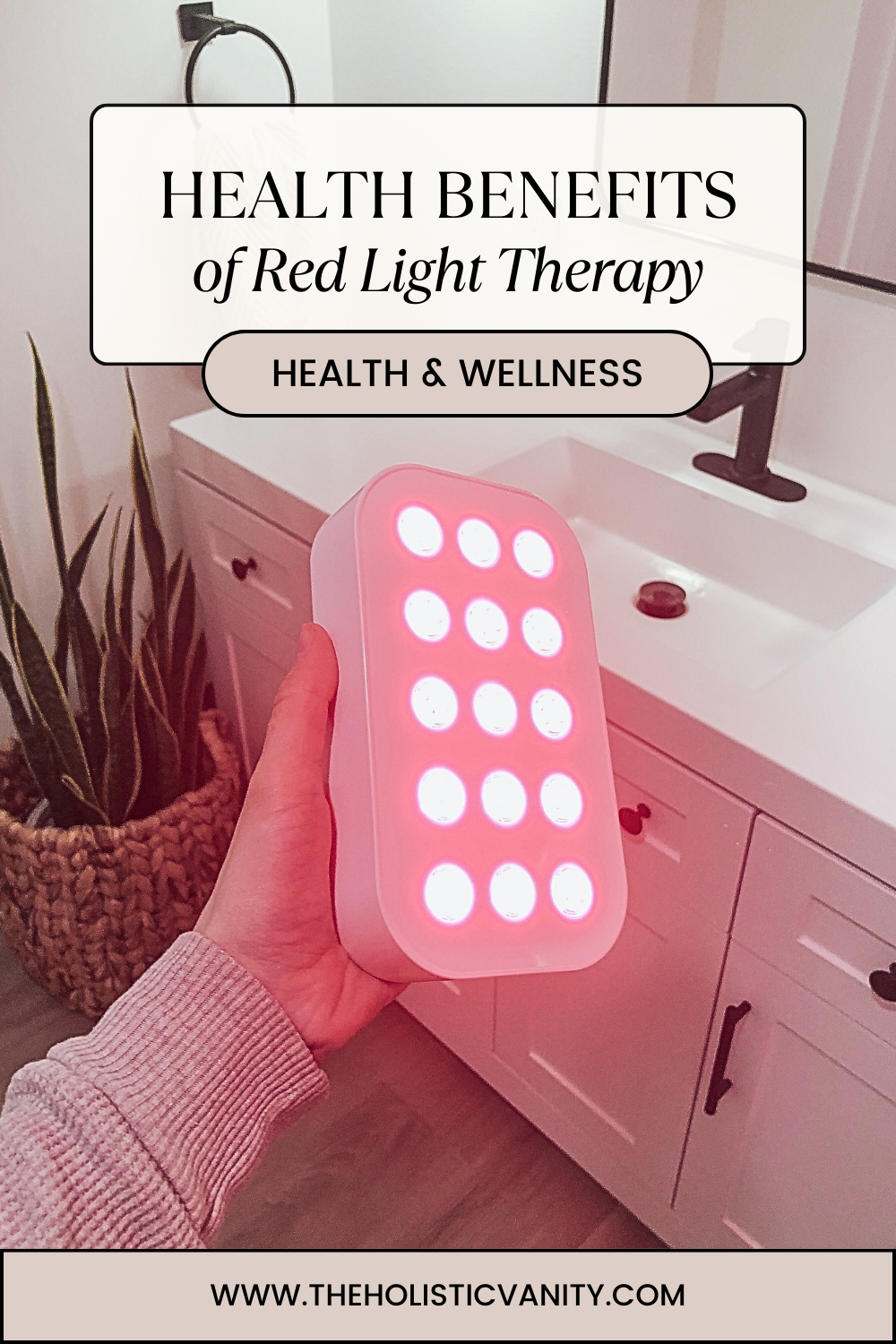
Sources:
- Tafur J, Mills PJ. Low-intensity light therapy: exploring the role of redox mechanisms. Photomed Laser Surg. 2008 Aug;26(4):323-8. doi: 10.1089/pho.2007.2184. PMID: 18665762; PMCID: PMC2996814.

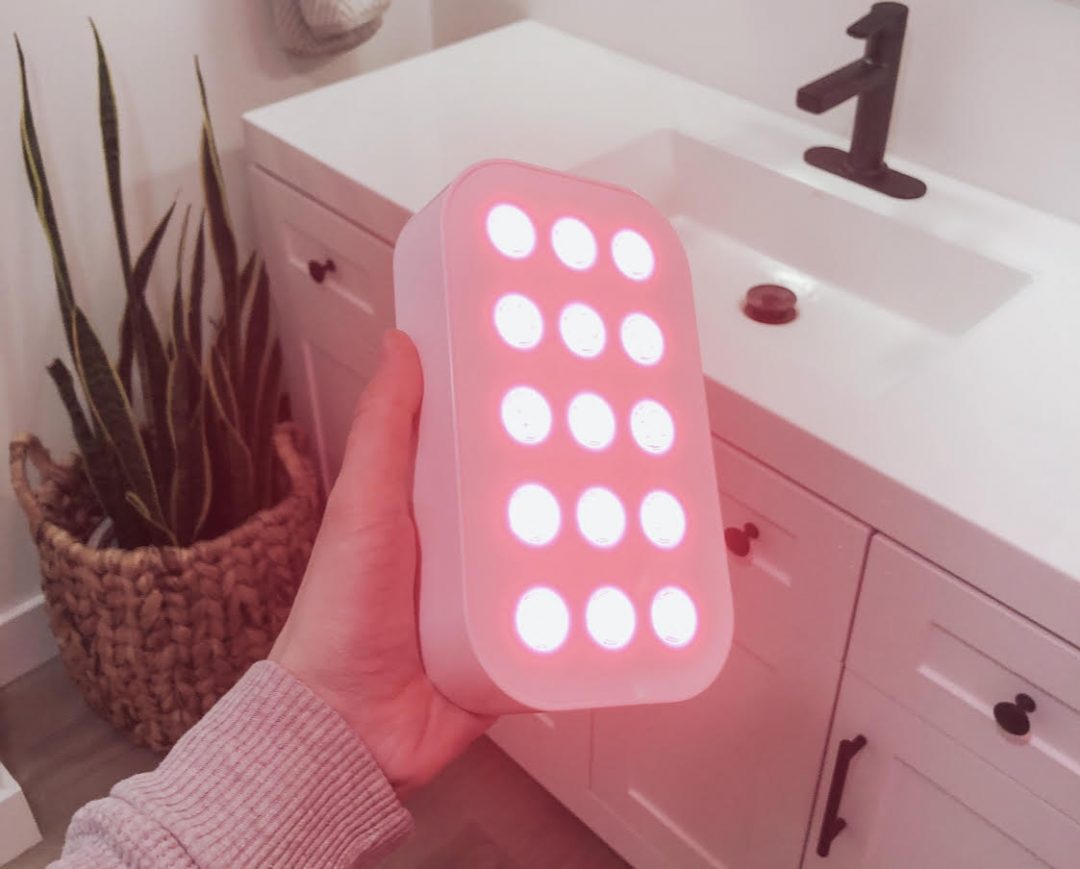
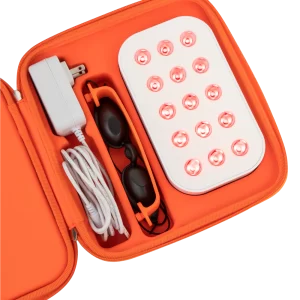
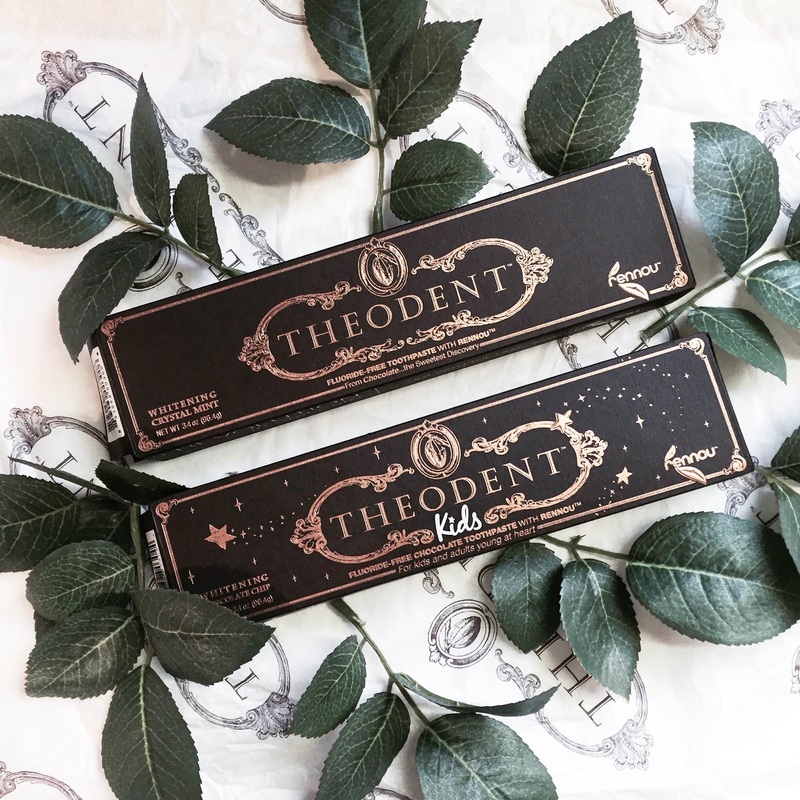
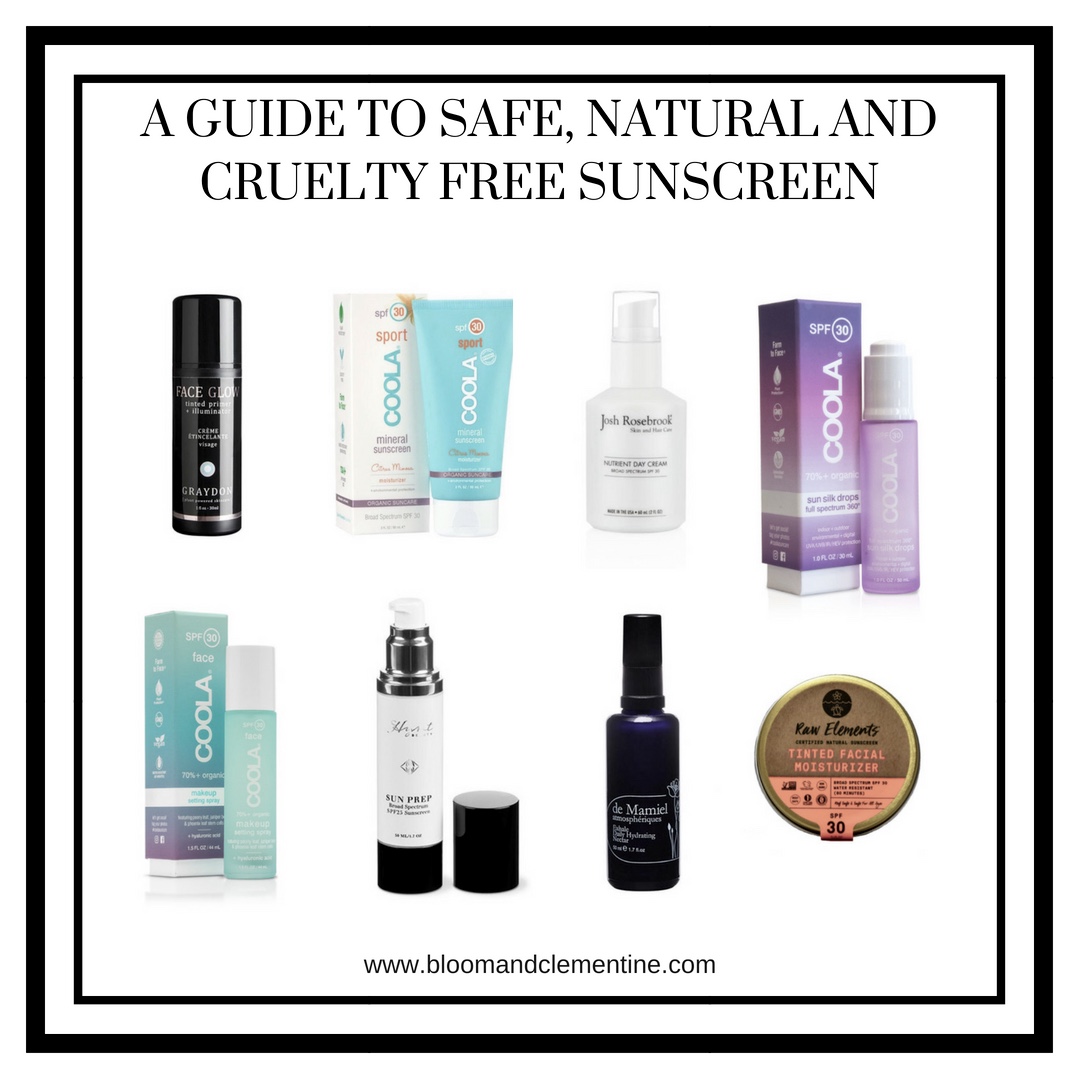
No Comments